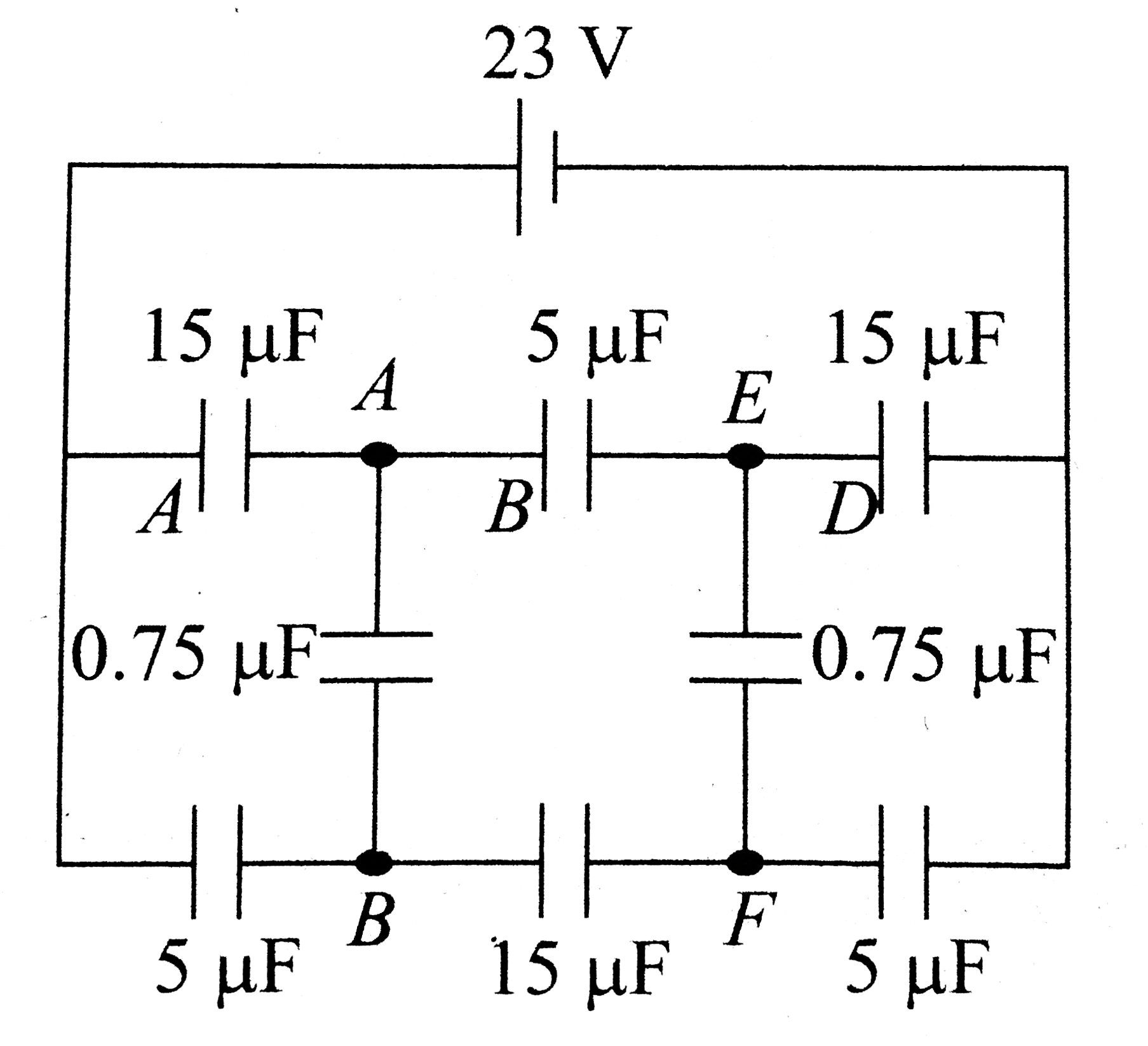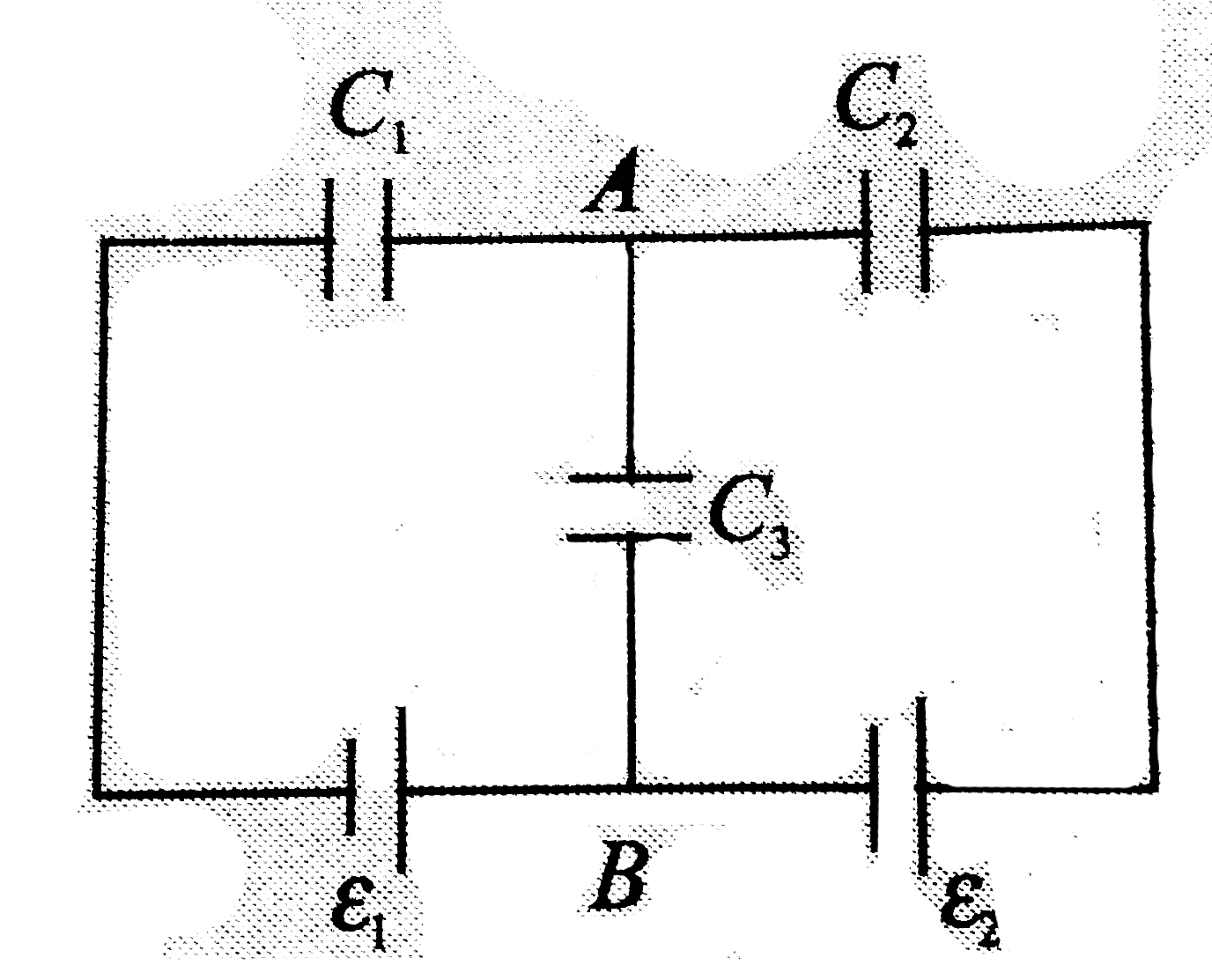The potential differnce between the fixed particles layer and the diffused layer having opposite charge id called :
Zeta potential
Beta potential
Alpha potential
Gamma potential
The correct Answer is:A
To solve the question regarding the potential difference between the fixed particles layer and the diffused layer having opposite charge, we can follow these steps:
1. Understanding the Layers:
- In a colloidal system, there are two important layers: the fixed layer and the diffused layer. The fixed layer consists of particles that are firmly attached to the surface of the colloidal particles, while the diffused layer contains ions that are attracted to the fixed layer due to electrostatic forces.
2. Identifying Charges:
- The fixed layer usually has a specific charge (for example, negatively charged in the case of a negatively charged colloid), and the diffused layer will have an opposite charge (positively charged in this example). This setup creates a potential difference between the two layers.
3. Defining the Potential Difference:
- The potential difference that arises between the fixed layer and the diffused layer due to their opposite charges is a crucial concept in colloidal chemistry.
4. Naming the Potential Difference:
- The potential difference between these two layers is known as the zeta potential. It is also referred to as the electrokinetic potential.
5. Conclusion:
- Therefore, the answer to the question is that the potential difference between the fixed particles layer and the diffused layer having opposite charge is called the zeta potential or electrokinetic potential.
Final Answer:
The potential difference between the fixed particles layer and the diffused layer having opposite charge is called the zeta potential or electrokinetic potential.
- In a colloidal system, there are two important layers: the fixed layer and the diffused layer. The fixed layer consists of particles that are firmly attached to the surface of the colloidal particles, while the diffused layer contains ions that are attracted to the fixed layer due to electrostatic forces.
- The fixed layer usually has a specific charge (for example, negatively charged in the case of a negatively charged colloid), and the diffused layer will have an opposite charge (positively charged in this example). This setup creates a potential difference between the two layers.
- The potential difference that arises between the fixed layer and the diffused layer due to their opposite charges is a crucial concept in colloidal chemistry.
- The potential difference between these two layers is known as the zeta potential. It is also referred to as the electrokinetic potential.
- Therefore, the answer to the question is that the potential difference between the fixed particles layer and the diffused layer having opposite charge is called the zeta potential or electrokinetic potential.
The potential difference between the fixed particles layer and the diffused layer having opposite charge is called the zeta potential or electrokinetic potential.
Topper's Solved these Questions
- SURFACE CHEMISTRY Book:AAKASH INSTITUTE ENGLISHChapter:SURFACE CHEMISTRY Exercise:Assignment Section - A (Objective type questions)
Explore 39 Videos
- SURFACE CHEMISTRY Book:AAKASH INSTITUTE ENGLISHChapter:SURFACE CHEMISTRY Exercise:Assignment Section - B (Previous year questions)
Explore 14 Videos
- SURFACE CHEMISTRY Book:AAKASH INSTITUTE ENGLISHChapter:SURFACE CHEMISTRY Exercise:ASSIGNMENT SECTION - J
Explore 6 Videos
- STRUCTURE OF ATOM Book:AAKASH INSTITUTE ENGLISHChapter:STRUCTURE OF ATOM Exercise:ASSIGNMENT ( SECTION -J) Aakash Challengers Questions
Explore 12 Videos
- TEST 1Book:AAKASH INSTITUTE ENGLISHChapter:TEST 1Exercise:EXAMPLE
Explore 134 Videos
Similar Questions
Knowledge Check
The combination of two layers of opposite charges aroung the colloidal particle is called Helmholtz electrical double layer. The potential difference between the fixed layer and the diffused layer of opposite charge is called
Aelectrode potentialBzeta potentialCadsorption potentialDdiffused potential
Innermost layer of the cortex is called
View SolutionThe potential barrier, in the depletion layer, is due to
View SolutionFind the potential differnce between the points A and B and that between E and F of the circuit in.
 .
.
View SolutionThe inner layer of the seed coat is called
View SolutionFind the potential differnce VA−VB between points A and B of the circuit shown in.
 .
.
View SolutionHow many layers form the diffusion membrane ?
View SolutionFour parallel large plates separated by equal distance d are arranged as shown in. The area of the plates is S Find the potential differnce between plats BandC if plate B is given a charge Q.
 .
.
View Solution